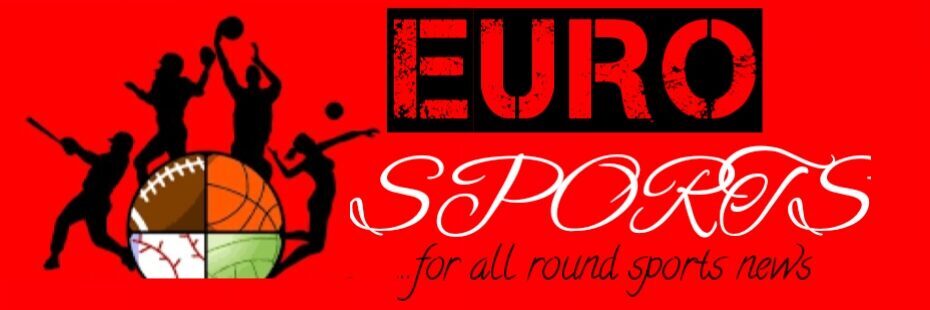The Vancouver Canucks are currently navigating a tumultuous period marked by significant roster changes and internal discord. Recent developments have seen the departure of key players, notably J.T. Miller, whose trade to the New York Rangers has sparked considerable discussion within the hockey community.
J.T. Miller, a key player for the Canucks, was traded to the Rangers in January. The deal also sent defenseman Erik Brannstrom and prospect Jackson Dorrington to New York, while Vancouver received Filip Chytil, defenseman Victor Mancini, and a conditional 2025 first-round draft pick in return. Miller’s departure was reportedly linked to a growing tension with fellow star Elias Pettersson. Despite the circumstances surrounding his exit, Miller expressed appreciation for his time in Vancouver, acknowledging both personal and professional growth. He emphasized his commitment to helping his new team and held no ill will toward the Canucks.

The trade had immediate repercussions on the Canucks’ performance. Following the transaction, Vancouver’s three-game winning streak came to an end with a 5-3 loss to the Dallas Stars. This defeat underscored the challenges the team faces in adjusting to the absence of a key player like Miller.
Internally, the trade has led to unrest within the Canucks’ locker room. Reports indicate that several players were displeased with the decision to move Miller, feeling that the wrong individual was traded. This sentiment points to deeper issues within the team’s dynamics and raises questions about management’s strategy and decision-making processes.
The tension between Miller and Pettersson had been a topic of speculation prior to the trade. Rumors of a rift between the two stars had circulated, suggesting that their inability to coexist was impacting team harmony. Such internal conflicts often necessitate difficult decisions from management to preserve the overall cohesion and performance of the team.
In response to these developments, the Canucks’ management has been active in the trade market, seeking to fill the void left by Miller’s departure and address other roster needs. The team has been linked to several center options ahead of the trade deadline, including Dylan Cozens of the Buffalo Sabres, former Canuck Jared McCann now with the Seattle Kraken, and Sam Bennett of the Florida Panthers. These potential acquisitions indicate Vancouver’s intent to bolster their lineup and remain competitive in the Pacific Division.
Additionally, the Canucks have expressed interest in acquiring a top-four defenseman and a winger to strengthen their roster further. This proactive approach underscores the organization’s commitment to addressing its weaknesses and striving for playoff contention.
The trade involving Miller also had implications for the New York Rangers. The Rangers, who have been experiencing a successful run, viewed the acquisition of Miller as a move to enhance their roster depth and experience. Discussions about bringing back Miller to New York had been a topic of interest leading up to the trade deadline, with the Rangers aiming to balance immediate success with future prospects.
Miller’s return to New York has been marked by impressive performances, contributing significantly to the Rangers’ playoff push. His ability to integrate seamlessly into the lineup and deliver results has validated the Rangers’ decision to reacquire him. For Miller, the transition has been smooth, as he focuses on winning games and making a positive impact on his team.
In Vancouver, the departure of a high-profile player like Miller has prompted reflections on the team’s direction and leadership. The Canucks are at a crossroads, needing to address internal dynamics, player relationships, and strategic goals. The management’s actions in the trade market will be pivotal in shaping the team’s future and restoring harmony within the locker room.
The situation also highlights the complexities of managing professional sports teams, where performance, personality clashes, and strategic decisions intersect. The Canucks’ experience serves as a case study in navigating the challenges that arise when internal conflicts impact team performance and necessitate significant roster changes.
As the Canucks move forward, the focus will be on integrating new acquisitions, fostering a cohesive team environment, and striving for success in a competitive division. The outcomes of these efforts will determine the trajectory of the franchise in the coming seasons.

